College-bound students will be receiving their financial aid packages within the next couple of months — and many of them will come with student loans.
But many students — even those already attending college — don’t really understand how student loans work. That’s despite nearly 70% of students graduating with student debt.
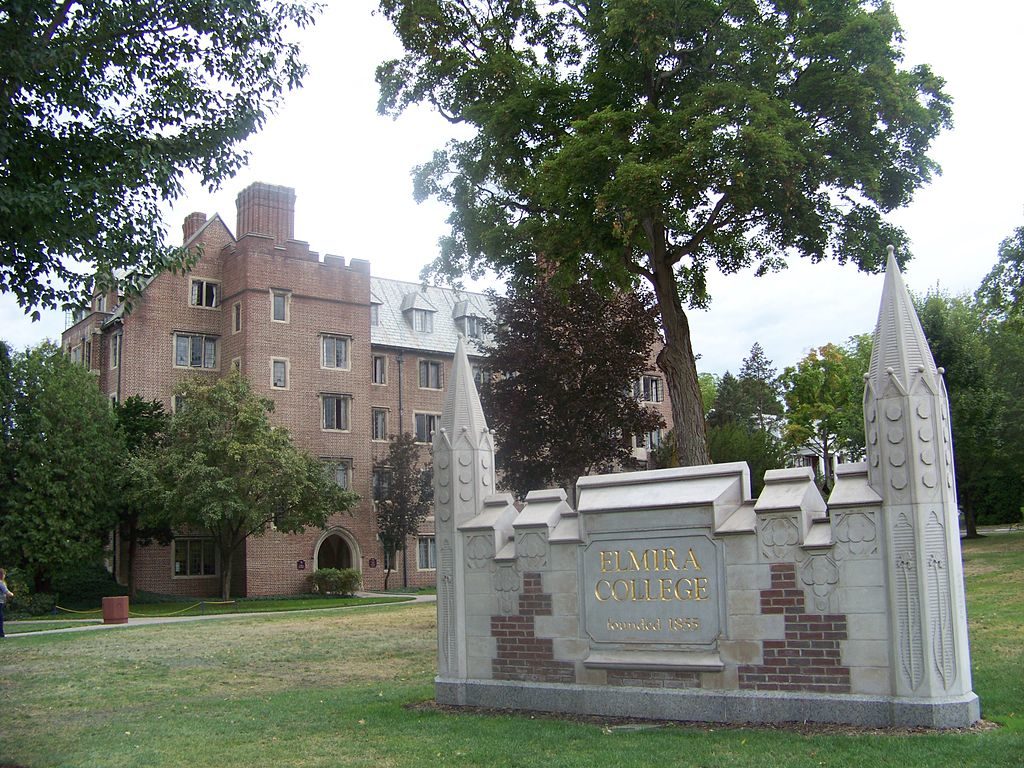
While the general trend is for college costs to rise each year, some private colleges have decided to buck the trend by significantly lowering tuition costs, according to a recent CBSNews article.
Two dozen private colleges have cut tuition since 2016, according to the National Association of Independent Colleges and Universities.
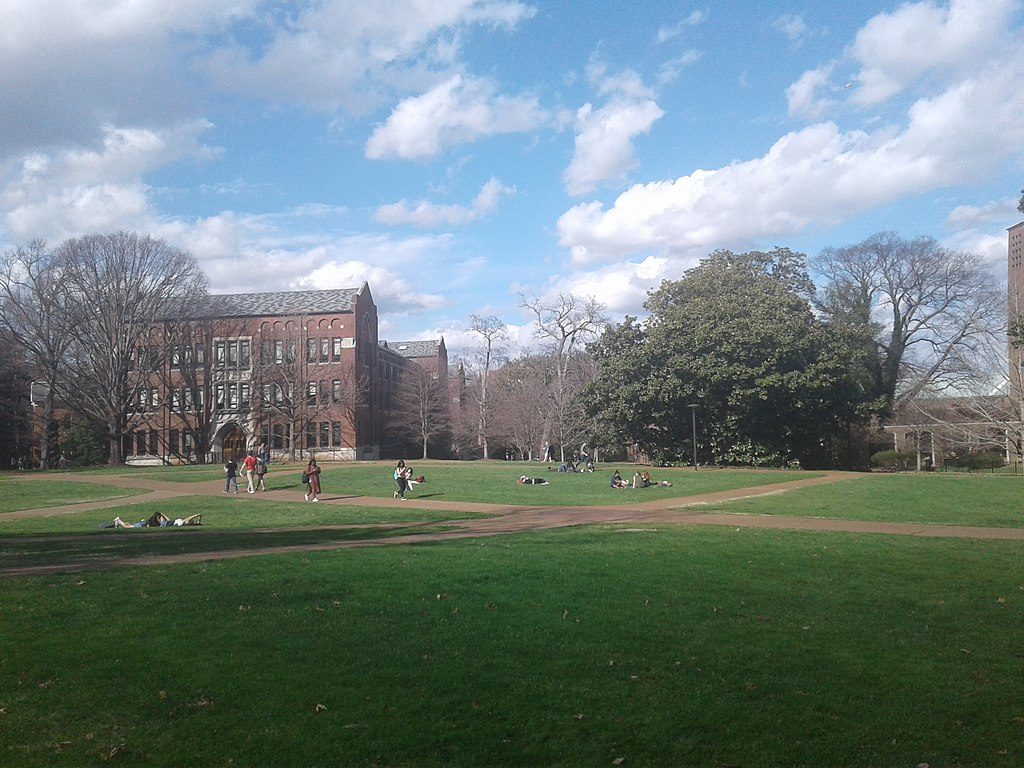
Few students can afford the high price of college without financial aid. So for prospective college students and families, it’s crucial to know which schools award the most aid before applying to college.
The Princeton Review recently ranked colleges based on students’ ratings of overall satisfaction with their financial aid packages at the 384 best colleges in the U.S. According to their analysis, these are the best colleges for financial aid in 2018:
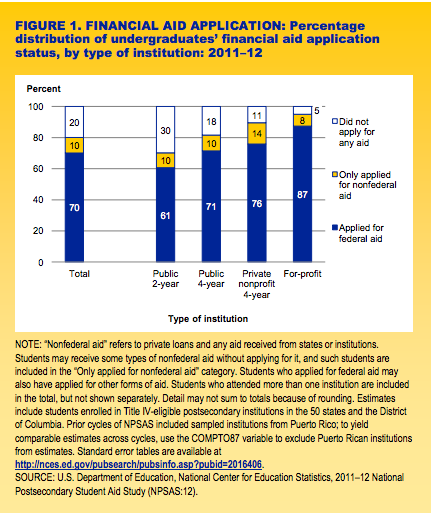
We write often about the importance of applying for financial aid, even if you don’t think you’re qualified to receive it.
But a new study from the National Center for Education Statistics (NCES) found that 1 in 5 students don’t apply for financial aid at all.
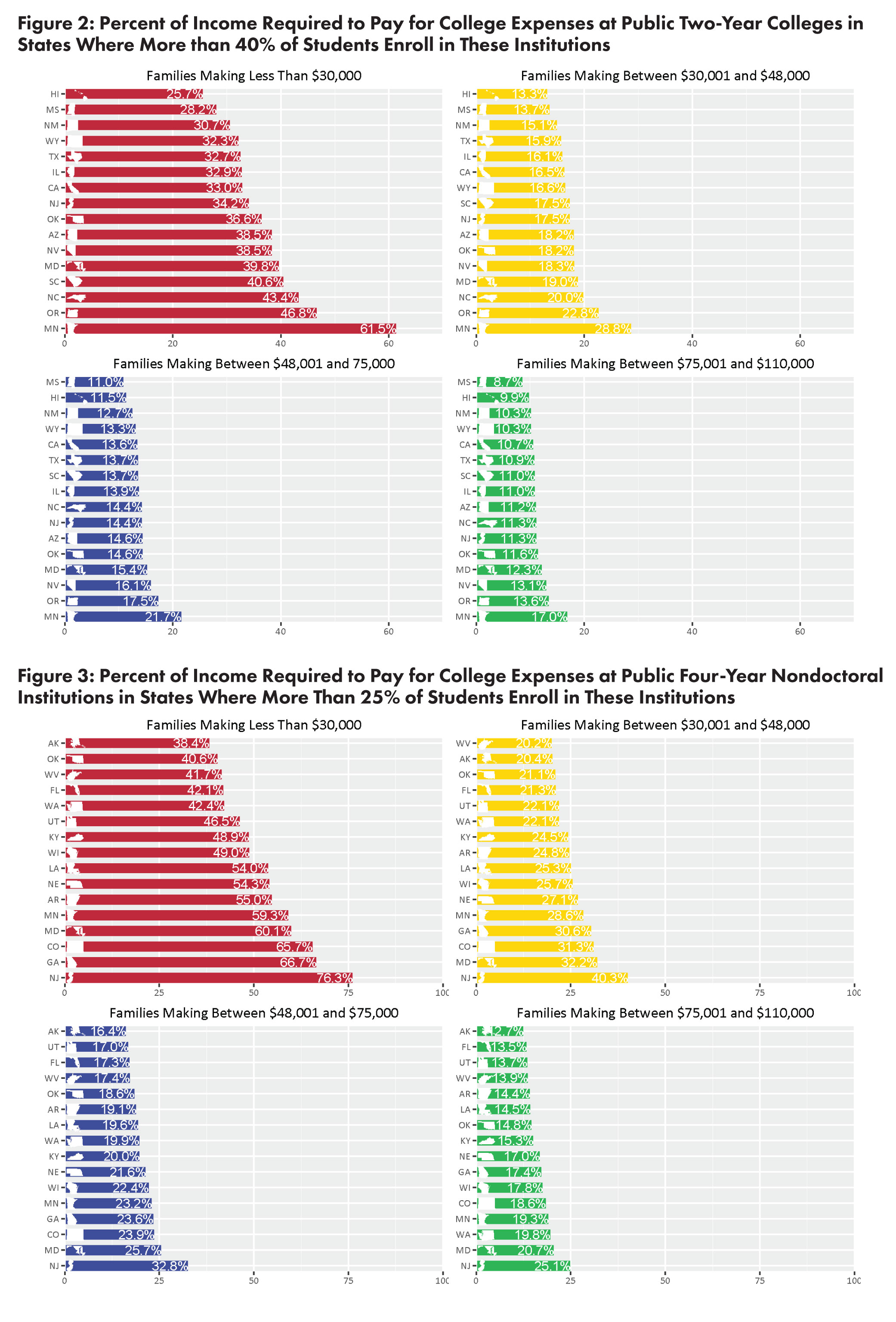
We’ve written previously about how college overall has gotten more expensive, and even though financial aid has reached record levels, it still hasn’t been enough to make up the difference for most families, particularly low-income ones. And a new study from the Institute for Research on Higher Education at the University of Pennsylvania confirms that college […]
Your student loan debt can affect your credit, which affects whether you’ll be able to buy a car, house or take out a loan in the future.
But a new study shows nearly half of all student loan borrowers don’t know that, according to CNBC.
Before taking out student loans, it’s important to educate yourself about the types of student loans and understand how interest and repayment work so that you can put yourself in a good position to repay them in the future.

With the price of college continuing to rise, some students, particularly those from low-income families, have found themselves struggling to make ends meet. That’s why some colleges in Texas have taken a step to help, by setting up food pantries for students to pick up free groceries, according to The Texas Tribune. There’s a stereotype that most college […]
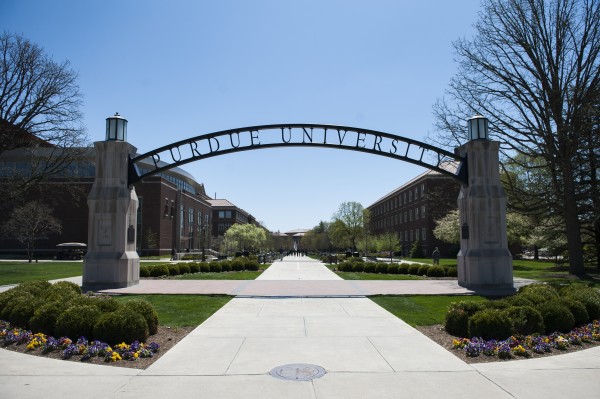
With college costs higher than ever before, and families taking on more debt to pay for college, some students have sought alternative routes to finance their education.
Some students are now using income-share agreements, or ISAs, to help pay for college. With an ISA, students get money from investors and they agree to pay a percentage of their future income to those investors over a set period of time.
Students in the U.S. pay more for college than in any other country. It’s no secret that the cost of college has risen astronomically and continues to increase each year.
But why is this the case? And what can be done to prevent costs from rising even further?
In a recent podcast from the University of Pennsylvania’s Knowledge@Wharton High School, Wharton management professor Peter Cappelli and PricewaterhouseCoopers Partner Michael Deniszczuk discuss why costs have risen, how financial aid can affect the cost of college and how student loans have affected borrowers and the economy as a whole.
There are many factors that determine financial aid eligibility, and it can be difficult to know how much aid you’ll get before you apply.
With college being such a large investment, it’s important to do research and understand how financial aid is determined before applying to colleges in order to maximize your financial aid package.
In a recent segment on Time Money, Lynnette Khalfani-Cox, author of College Secrets: How to Save Money, Cut College Costs and Graduate Debt Free, explains how to maximize your financial aid, the difference between merit and need-based aid, and why you should fill out the FAFSA even if you don’t think you’ll qualify for aid.